Aluminum electrolytic and polymer capacitors are both common types used in electronic circuits. Electrolytic capacitors utilize a liquid electrolyte, offering high capacitance values at a low cost. However, they have limitations such as shorter lifespans, higher leakage currents, and susceptibility to drying out.
Polymer capacitors, on the other hand, employ a solid polymer electrolyte. This design results in several advantages, including longer lifespans, lower equivalent series resistance (ESR), and improved performance at higher frequencies. While generally more expensive than electrolytic capacitors, polymer types offer superior performance in many applications.
What Are Aluminum Capacitors
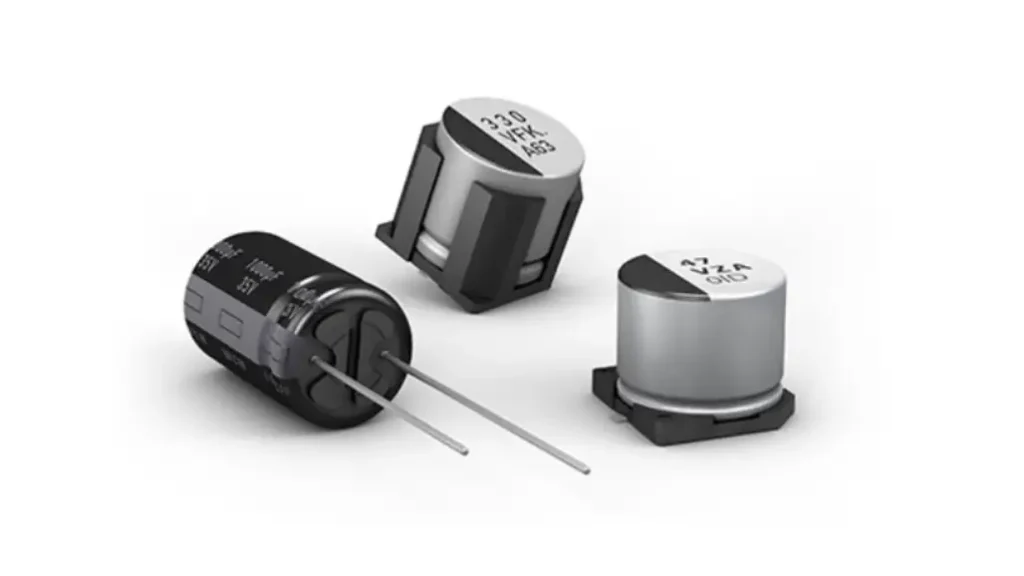
Aluminum capacitors are a type of capacitor that utilizes aluminum as the primary conductive material in their construction. They encompass a broad range of capacitor types, each with unique characteristics and applications.
These capacitors can be found in various forms, including aluminum electrolytic capacitors, aluminum foil capacitors, and aluminum polymer capacitors. They are widely used across numerous electronic devices and systems due to their excellent electrical properties, such as low ESR (Equivalent Series Resistance) and high ripple current handling capability.
What Are Electrolytic Capacitors
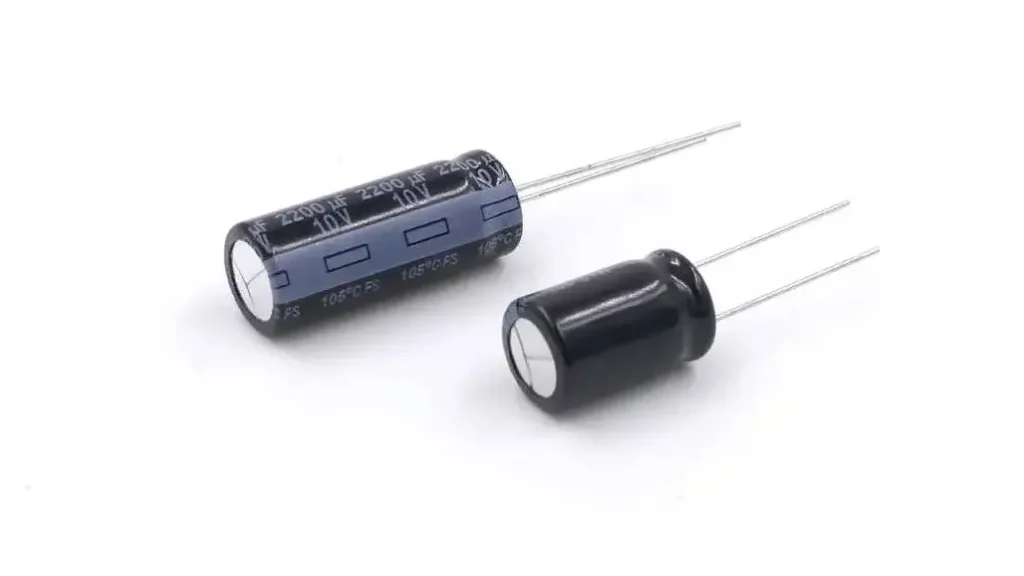
Electrolytic capacitors are a type of polarized capacitor that utilizes an extremely thin dielectric layer, typically an oxide film formed on the surface of a metal such as aluminum or tantalum. This thin dielectric allows for the creation of capacitors with very high capacitance values in relatively small packages.
Electrolytic capacitors are widely used in various electronic circuits, particularly in power supply filtering and decoupling applications. They are known for their high capacitance density, which makes them suitable for handling large amounts of current and smoothing out voltage fluctuations.
Aluminum Capacitor vs Electrolytic
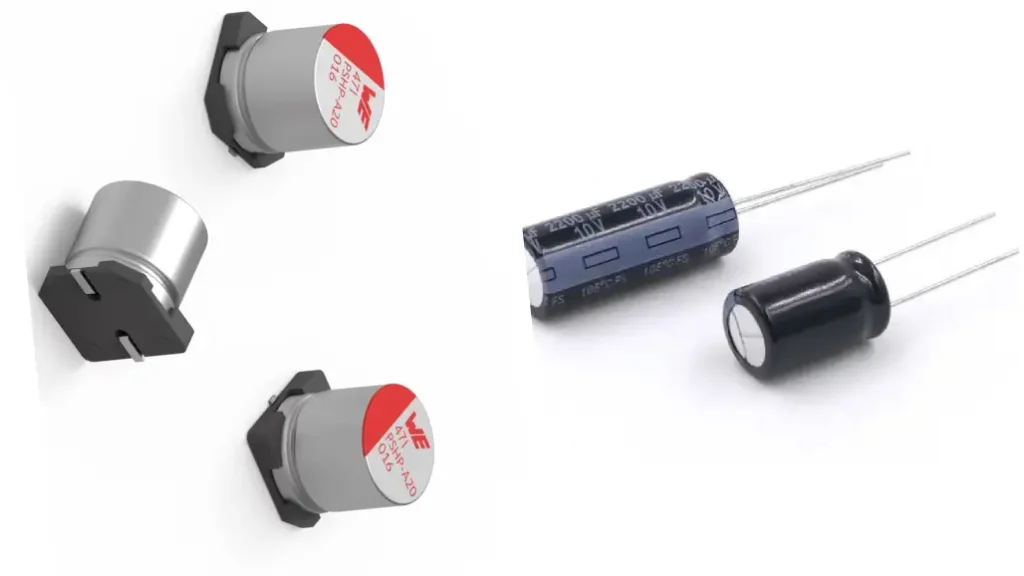
“Aluminum capacitor” is a broader term encompassing various types, including aluminum electrolytic capacitors. Electrolytic capacitors, whether aluminum or tantalum, utilize a thin dielectric layer formed with an electrolyte, enabling high capacitance in small packages.
Aluminum electrolytic capacitors are cost-effective and widely used, but exhibit higher ESR, shorter lifespans, and are susceptible to drying out. Other aluminum capacitors, such as aluminum polymer and foil types, generally offer lower ESR, improved ripple current handling, longer lifespans, and better temperature stability, albeit at a higher cost. The optimal choice depends on the specific application requirements, balancing factors like cost, performance, and reliability.
Aluminum Electrolytic Capacitors:
- Pros:
- High capacitance values in compact sizes
- Cost-effective
- Wide range of voltage and capacitance options
- Cons:
- Polarized (must be connected with correct polarity)
- Relatively short lifespan compared to other capacitor types
- Higher ESR (Equivalent Series Resistance), leading to increased heat generation
- Susceptible to drying out over time, affecting performance
Other Aluminum Capacitors (e.g., aluminum polymer, aluminum foil):
- Pros:
- Generally lower ESR than aluminum electrolytics
- Improved ripple current handling
- Longer lifespan
- Better temperature stability
- Cons:
- Typically higher cost than aluminum electrolytics
- May have lower capacitance values for a given size
Here is a table showing you the differences between aluminum capacitor and electrolytic
| Feature | Aluminum Electrolytic | Other Aluminum Capacitors |
|---|---|---|
| Dielectric | Aluminum oxide | Aluminum oxide, polymer, or other materials |
| Electrolyte | Liquid or gel-like | Solid or polymer |
| Polarity | Polarized | Often polarized, but some non-polarized types exist |
| Capacitance | Very high | High |
| ESR | Higher | Lower |
| Lifespan | Shorter | Longer |
| Cost | Lower | Higher |
| Applications | General purpose filtering, smoothing, and decoupling | High-frequency circuits, switching power supplies, audio applications |
Ultimately, the best choice depends on your specific application requirements. If cost is a primary concern and high capacitance is needed, aluminum electrolytic capacitors may be suitable. However, if performance, longevity, and stability are paramount, other aluminum capacitor types might be a better option.
Why Use Aluminum Polymer Capacitors?
Aluminum polymer capacitors offer several key advantages over traditional aluminum electrolytic capacitors:
- Lower ESR (Equivalent Series Resistance): This translates to significantly reduced heat generation and improved ripple current handling, crucial for high-frequency and high-power applications.
- Longer Lifespan: The use of a solid polymer electrolyte eliminates the “drying out” effect common in electrolytic capacitors, leading to a significantly extended lifespan and improved reliability.
- Improved Ripple Current Capability: Their low ESR allows them to handle much higher ripple currents without excessive heating, making them ideal for applications with high-frequency switching or demanding current requirements.
- Better Temperature Stability: Polymer capacitors exhibit better performance over a wider temperature range compared to their electrolytic counterparts.
These advantages make aluminum polymer capacitors suitable for a wide range of applications, including:
- High-frequency switching power supplies: Their low ESR and high ripple current handling are essential for efficient operation in these demanding circuits.
- Telecommunications equipment: Used in various components like base stations and routers to ensure reliable and stable operation.
- Automotive electronics: Their robustness and reliability make them suitable for use in demanding automotive environments.
- Industrial applications: Employed in motor drives, inverters, and other industrial equipment where high performance and reliability are critical.
Aluminum polymer capacitors offer a compelling alternative to traditional electrolytic capacitors, particularly in applications where low ESR, high ripple current handling, long lifespan, and improved temperature stability are paramount.
Aluminum vs Ceramic Capacitors
Aluminum and ceramic capacitors are both essential components in electronic circuits, but they exhibit distinct characteristics. Aluminum capacitors, particularly electrolytic types, offer high capacitance values in compact packages, making them suitable for applications requiring large energy storage. However, they often suffer from higher ESR (Equivalent Series Resistance), shorter lifespans, and are susceptible to drying out over time.
Ceramic capacitors, on the other hand, generally exhibit lower ESR, higher stability over temperature variations, and longer lifespans. They are well-suited for high-frequency applications and offer excellent performance in circuits demanding precise timing and low signal distortion. While ceramic capacitors typically have lower capacitance values compared to aluminum electrolytics, advancements in manufacturing have led to increased capacitance densities in recent years.

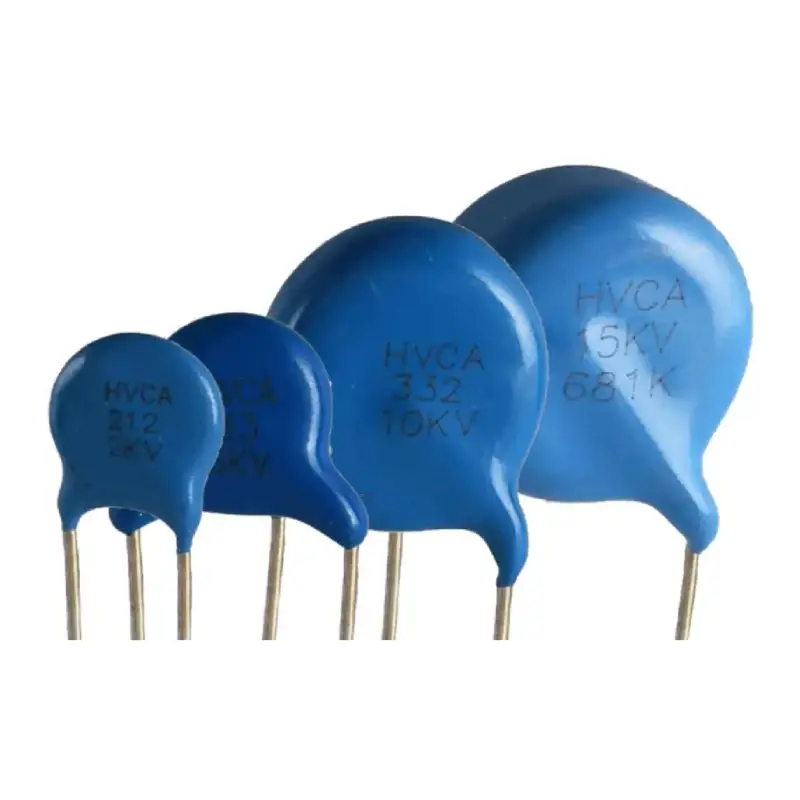
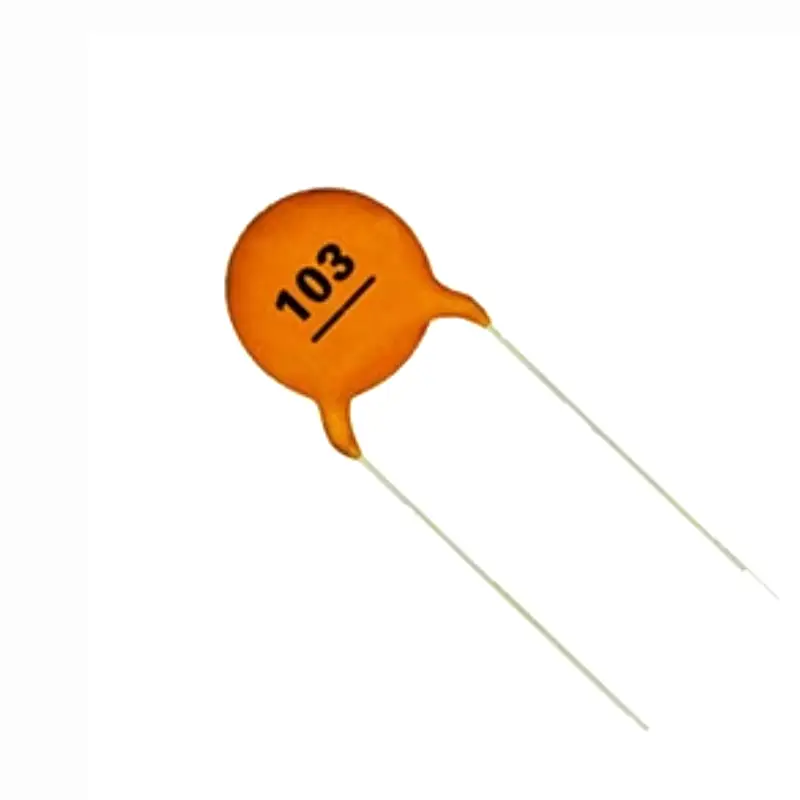
| Feature | Aluminum Capacitor | Ceramic Capacitor |
|---|---|---|
| Capacitance | Generally higher | Typically lower |
| ESR (Equivalent Series Resistance) | Higher | Lower |
| Lifespan | Shorter | Longer |
| Temperature Stability | Can vary significantly | Generally more stable |
| Ripple Current Handling | Lower | Higher |
| Cost | Generally lower | Can be higher, depending on type and capacitance |
| Applications | Power supply filtering, decoupling, audio applications | High-frequency circuits, RF applications, precision timing circuits |
The choice between aluminum and ceramic capacitors depends heavily on the specific requirements of the application. Factors such as required capacitance, operating frequency, temperature range, and cost considerations all play a crucial role in determining the most suitable capacitor type.
Tantalum Capacitor vs Aluminum Electrolytic
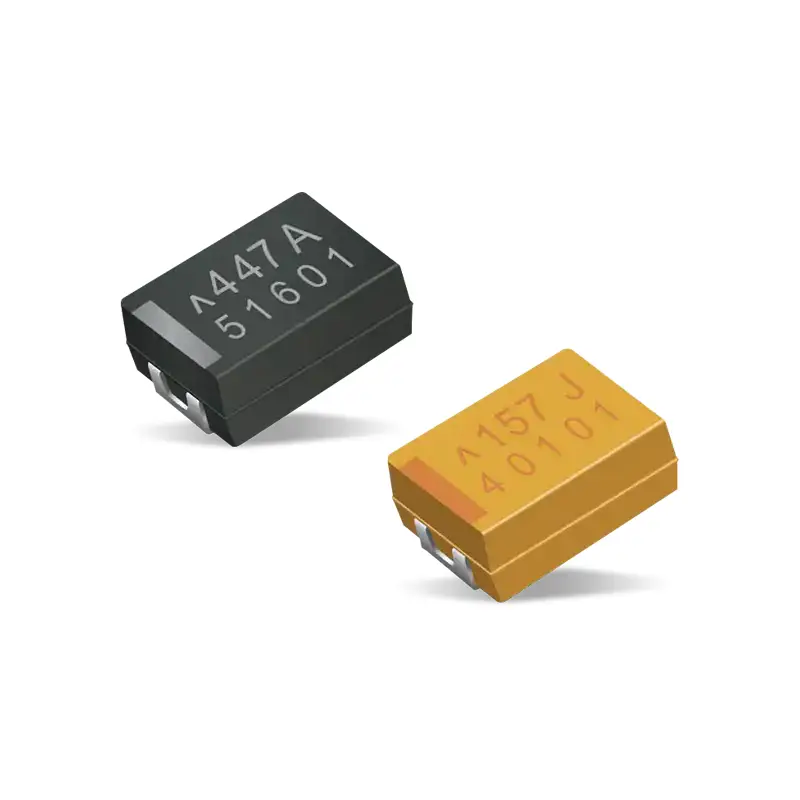
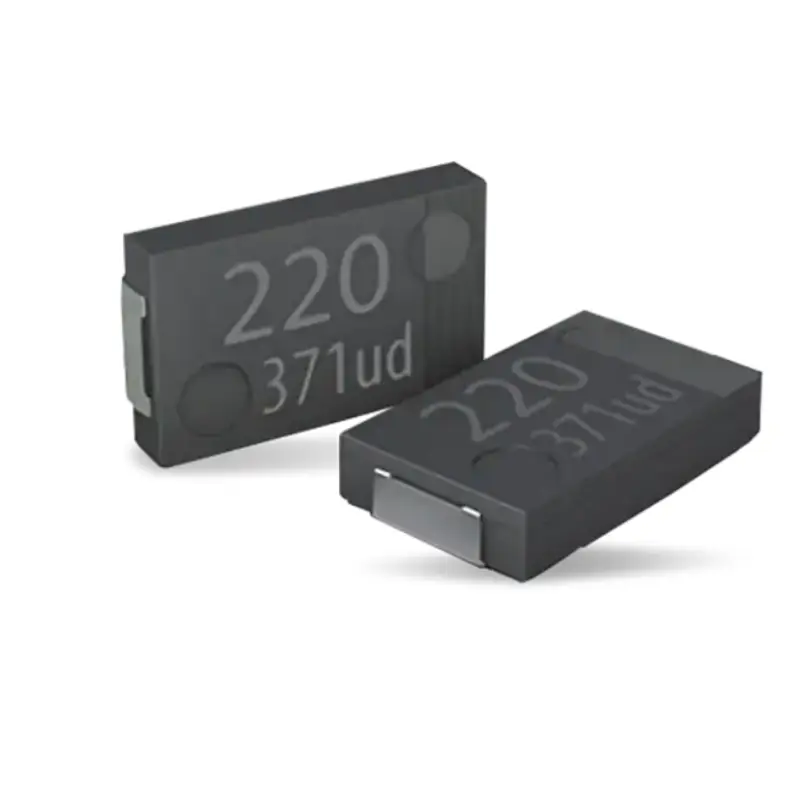
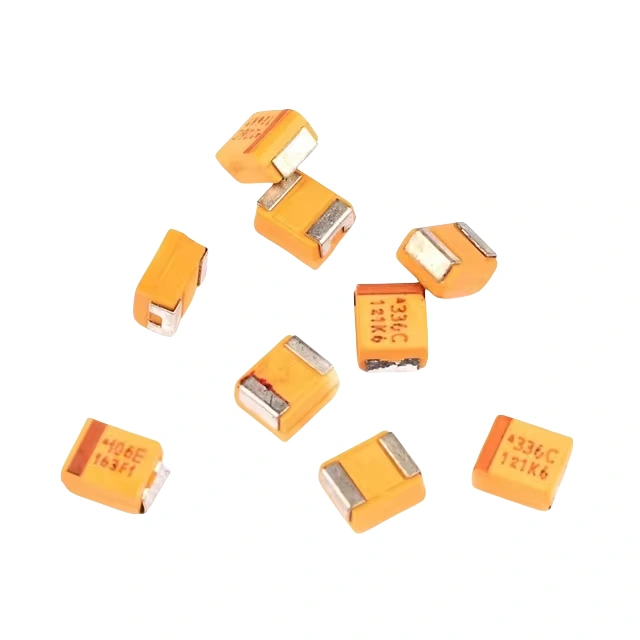
Tantalum and aluminum electrolytic capacitors are both types of polarized capacitors used in electronic circuits, but they exhibit distinct characteristics. Tantalum capacitors offer several advantages, including higher capacitance per unit volume, lower ESR (Equivalent Series Resistance), and better stability over temperature variations.
These characteristics make them suitable for applications where size constraints and high performance are critical, such as portable electronics and high-frequency circuits. However, tantalum capacitors are generally more expensive than aluminum electrolytics and can exhibit catastrophic failures under certain conditions, such as overvoltage or excessive ripple current.
Aluminum electrolytic capacitors, on the other hand, are generally more cost-effective and widely available in a broader range of capacitance and voltage values. They are commonly used in general-purpose filtering, decoupling, and power supply applications. However, they typically have higher ESR, shorter lifespans, and are more susceptible to drying out over time, which can degrade their performance.
| Feature | Tantalum Capacitor | Aluminum Electrolytic Capacitor |
|---|---|---|
| Capacitance per Volume | Higher | Lower |
| ESR | Lower | Higher |
| Stability | Better | Lower |
| Lifespan | Generally longer | Shorter |
| Cost | Higher | Lower |
| Failure Mode | Catastrophic (short circuit) | Gradual degradation |
| Applications | High-frequency circuits, portable electronics, space-constrained designs | General-purpose filtering, decoupling, power supply applications |
Conclusion
Aluminum electrolytic capacitors offer high capacitance in small packages but suffer from shorter lifespans and higher ESR (Equivalent Series Resistance). This translates to more heat generation and potential performance issues. In contrast, aluminum capacitors generally exhibit lower ESR, improved ripple current handling, and longer lifespans, making them suitable for applications demanding high reliability and stability. However, they often come at a higher cost. Choose the right capacitor based on your specific circuit requirements.
To explore high-quality aluminum and electrolytic capacitors at wholesale prices, visit Weishielectronics. Weishielectronics provides a wide selection of components from leading manufacturers, ensuring you find the perfect fit for your projects.
By selecting from our extensive inventory and leveraging our competitive pricing, you can optimize your designs and reduce costs. Contact Weishielectronics today to discuss your capacitor needs and discover the benefits of our wholesale solutions.